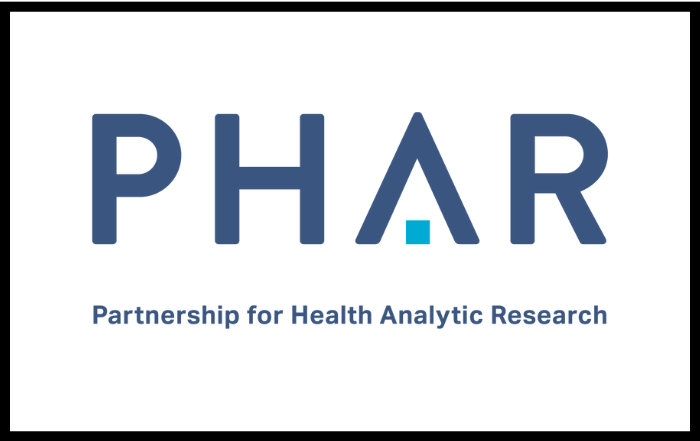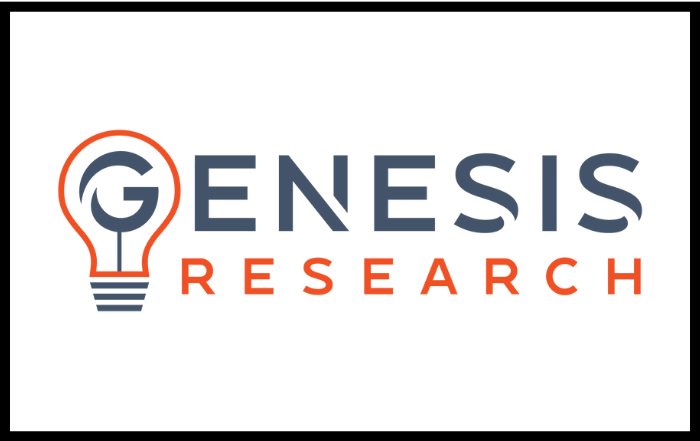Traditional approaches to medical product development rely on generating pages upon pages of analysis results to describe the safety and effectiveness of novel therapies. Study teams struggle to understand and communicate the story hidden within the data to their colleagues. First and foremost, with the high cost of conducting translational clinical research, it is common to collect as much data as possible on as many endpoints as possible. This phenomenon is further reinforced due to our limited understanding of biological mechanisms and pathways, including the potential genomic underpinnings of a disease or treatment response.
Learning objectives
At the conclusion of this short course, participants should be able to:
- Describe the transition from traditional methods of data analysis to visual approaches
- Identify life science data using one or more data visualizations
- Assess the strengths and limitations of various graphical techniques
- Explain the “data story” of numerous clinical research, examples using data visualization techniques.
Click here for additional information and registration details.



